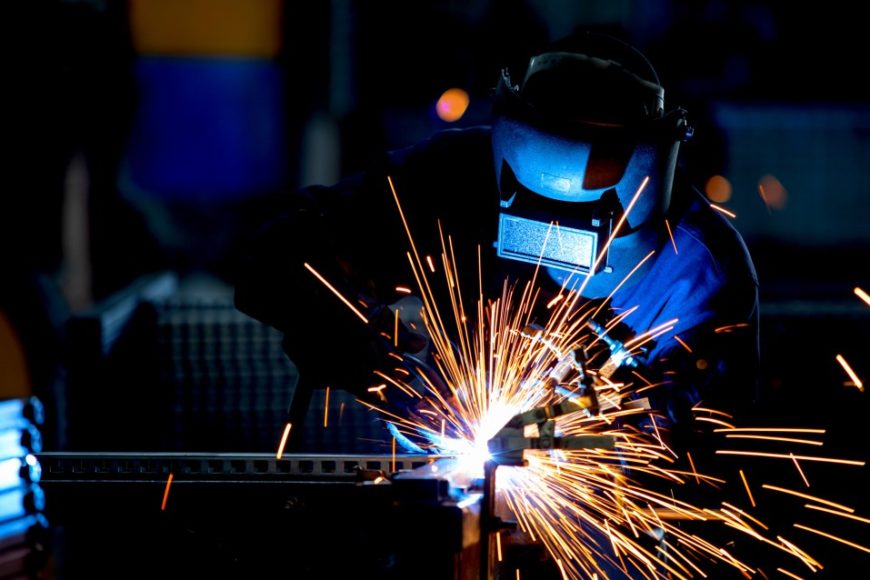
Welding is a common fabrication process in which two or more pieces of metal or thermoplastics are joined together using high heat. It is vital in many industries, such as automotive, construction, and manufacturing, as it forms permanent and strong components in structures. There are several welding processes available, including electron beam and laser welding, gas metal arc welding (GMAW/MIG), and gas tungsten arc welding (GTAW/TIG), to name a few. However, using a protective atmosphere is one of the most overlooked parts of welding. This blog post will provide an overview of welding and explain the importance of protective atmospheres.
What is Protective Atmosphere?
A protective atmosphere in welding refers to a gas or vacuum envelope that surrounds the workpieces to prevent or minimize the risk of harmful substances forming on the surface of a component. Typically, the harmful substances include oxides and gas by-products, and solvent residue or paint could also cause problems if not entirely removed before welding. A protective atmosphere is often called shielding gas, which protects the welding area from gases such as carbon dioxide, nitrogen, oxygen, and water vapor. These atmospheric gases can all impact the welding process and its quality, hence the significance of a protective atmosphere.
Types of Protective Atmosphere in Welding
Various types of shielding gases are available in welding, including active or inert gases or gas mixtures, which protect the weld from contamination and oxidation. Below, we look at protective atmosphere options in more detail.
Active Gases
Active gases for a protective atmosphere include carbon dioxide (CO2), hydrogen (H), nitrogen (N2) (although rarely used), and oxygen (O2). They are used to add extra heat to the welding process and, in small and controlled quantities, help improve the weld quality.
Inert Gases
Inert gases are colorless, odorless, and non-chemically reactive, providing good arc stability. The most commonly used inert gas is argon, but helium is also an option. Combining argon and hydrogen and argon and helium can create inert gas mixture solutions.
Gas Mixtures
As mentioned above, there is a combination of gases available that can be used as shielding solutions. Argon is commonly mixed with carbon dioxide, helium, and nitrogen to weld stainless steel, and oxygen is mixed with carbon dioxide or argon for mild steel welding applications. Other mixtures of gases are available depending on the application.
Benefits of Protective Atmosphere in Welding
Creating a protective atmosphere in welding is crucial for many reasons. Not only does it reduce the risk of oxides or other detrimental surface substances forming, but it also improves weld quality. During welding, atmospheric gases and gas by-products are released, which can impact weld performance and cause harm. Therefore, the primary benefits of protective atmosphere in welding include the following:
- Enhanced safety of the welding process
- Increased efficiency and productivity
- Improved quality of welds
- Prevention of oxidation and contamination
Improving the quality of welds is critical for applications as welding creates strong and durable bonds between two objects. Welding is often used to join parts in the automotive and construction industries, where quality and safety are paramount.
Additionally, a protective atmosphere enables a more efficient welding process with a reduced need for reworking. As a result, this also minimizes the time and money needed for cleaning and finalizing the weld.
Environics
Environics provides several gas mixing and delivery systems to support the precise mixing of shield gases for welding applications. Our solutions enable a blend of two or three gases with high accuracy and consistency and are a cost-effective solution compared to using premixed cylinders of gas.
Don’t hesitate to get in touch today to learn more about protective atmospheres in welding and the gas mixing solutions we provide.
References
- https://www.osha.gov/sites/default/files/publications/OSHA_FS-3647_Welding.pdf
- https://www.sciencedirect.com/topics/engineering/inert-gas-welding

